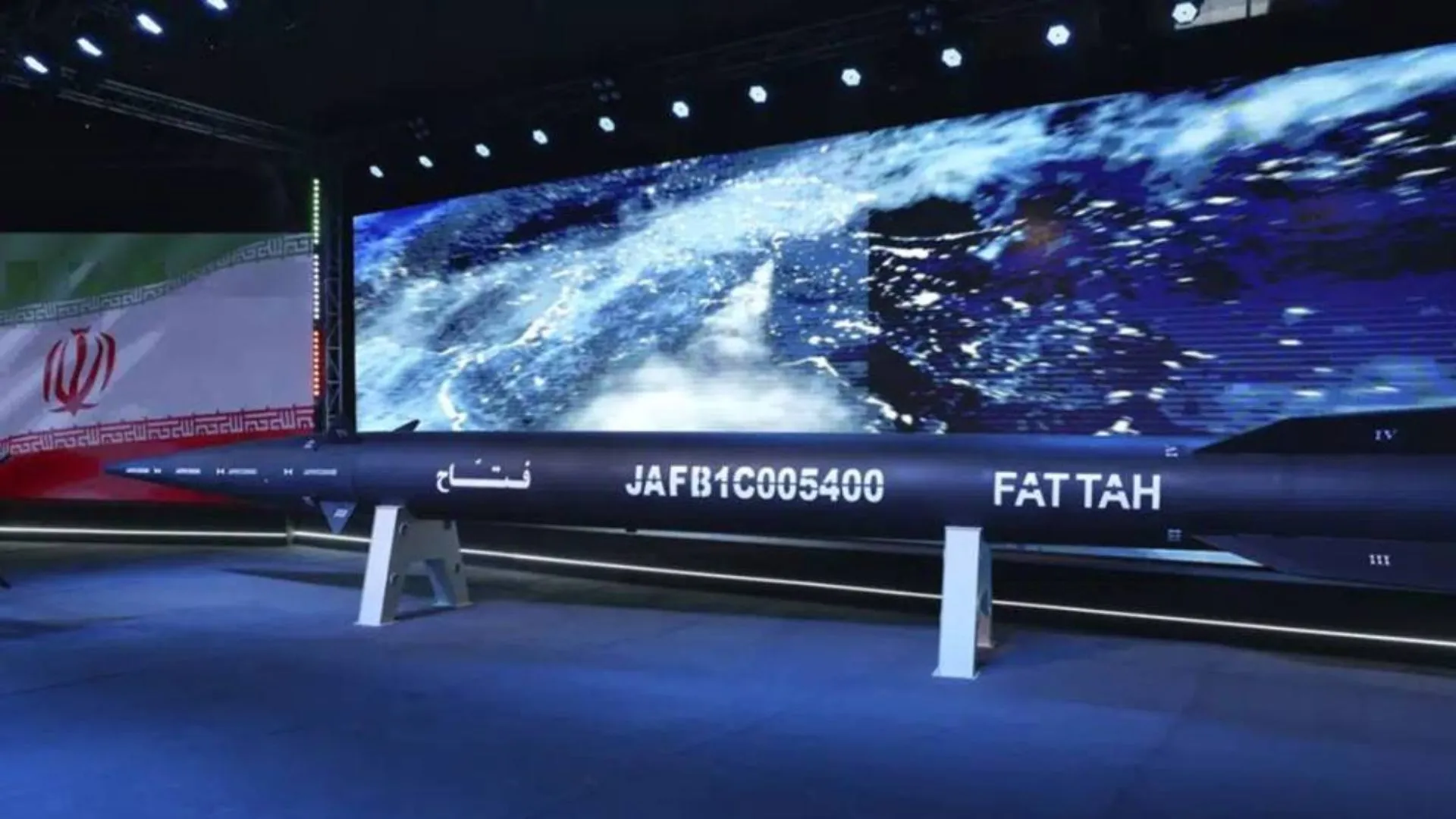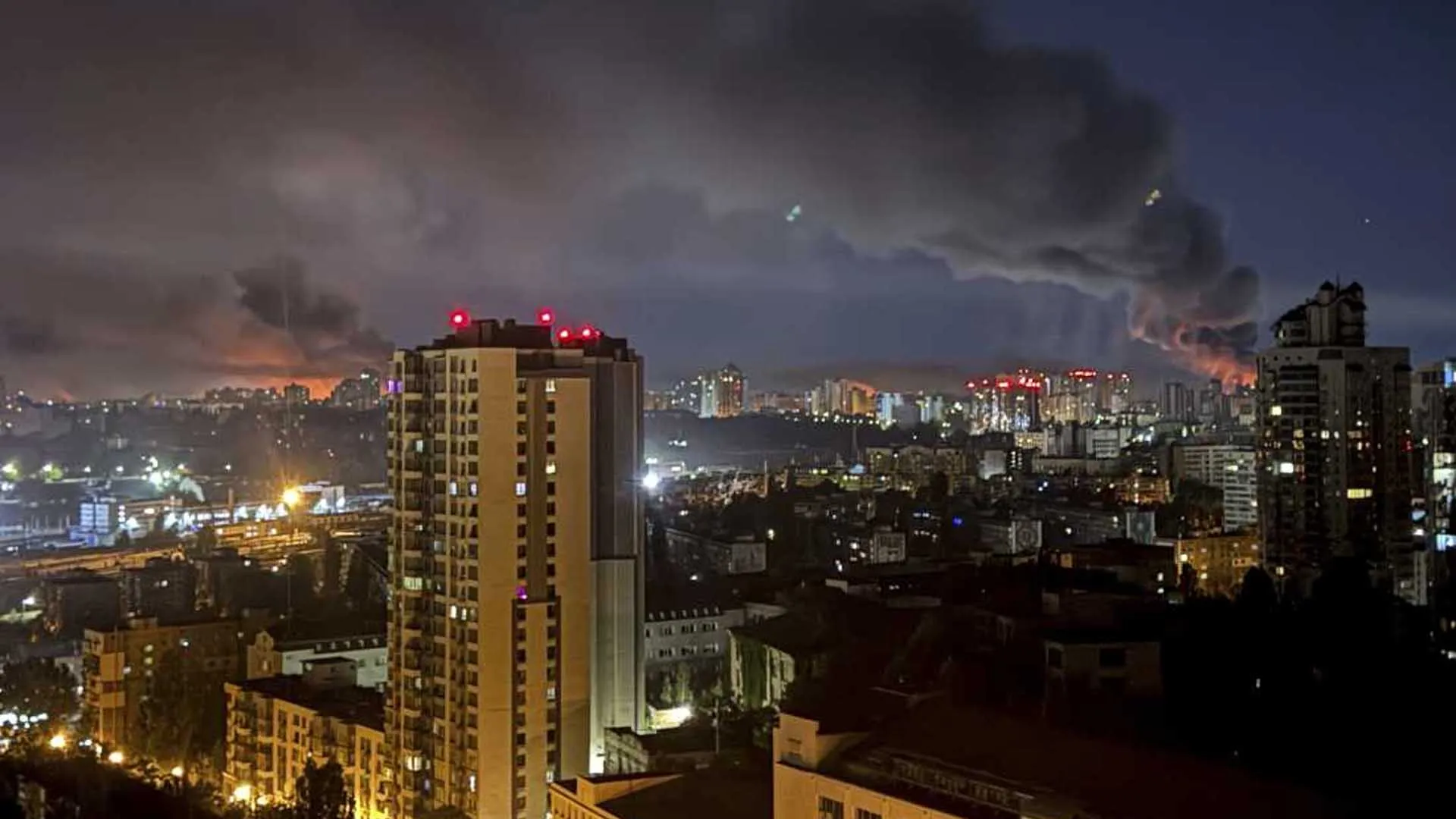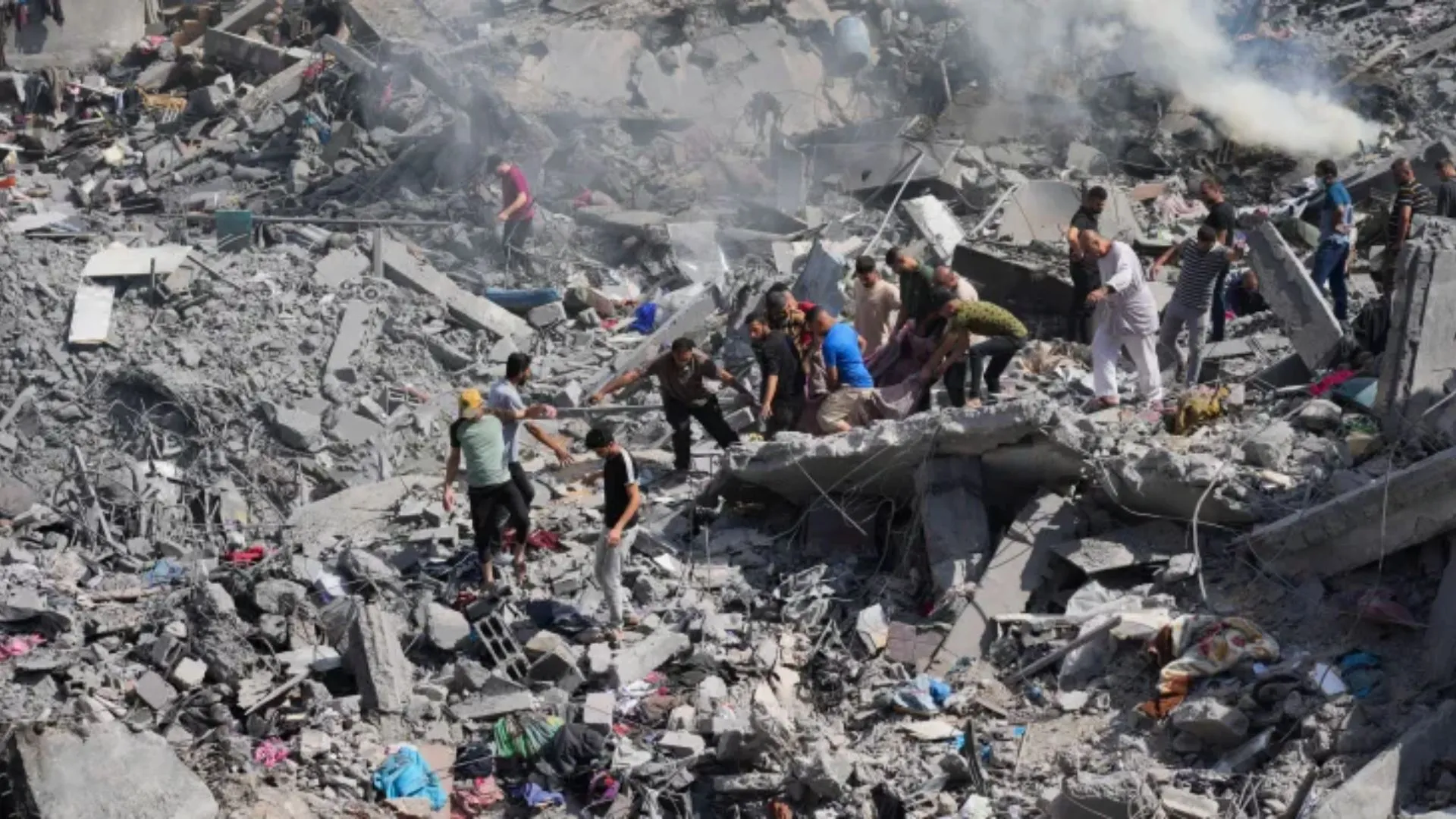Iran’s Islamic Revolutionary Guard Corps (IRGC) has confirmed it launched a Fattah-1 hypersonic missile at Israel. This marks the first reported use of this missile during the ongoing conflict.
The Fattah missile—unveiled in 2023—was named by Iran’s Supreme Leader Ayatollah Ali Khamenei. Earlier, Iran fired multiple Fattah-1 missiles at Jerusalem during its large-scale attack on Israel on October 1, 2024. However, this recent launch appears to be the missile’s debut use in the current wave of attacks.
What is the Fattah-1 Missile?
Iran’s military describes the Fattah-1 as a powerful weapon. The IRGC even nicknamed it the “Israel-striker.” At the launch event in Tehran, a massive banner carried a chilling warning in Hebrew, “400 seconds to Tel Aviv.”
This missile is Iran’s first hypersonic weapon. It boasts high speed, precision, and the ability to change direction mid-flight—making it harder to shoot down.
Why Is It Considered Dangerous?
Fattah-1 can reportedly bypass advanced missile defense systems, including Israel’s Iron Dome and Arrow. In general, hypersonic missiles fly at speeds above Mach 5—five times the speed of sound. They can also shift paths during flight, making them much harder to intercept.
According to Iran Watch, Fattah-1 has:
-
A range of 1,400 km
-
Solid-fuel propulsion
-
A single-stage launch system
-
A top speed of around 6,100 km/h (3,800 mph)
Experts Raise Doubts About Actual Use
Some experts are skeptical about Iran’s claim. Fabian Hinz, an analyst with the International Institute for Strategic Studies, told CNN that the missile’s warhead likely sits on a “manoeuvrable reentry vehicle,” which allows last-minute movement to avoid interception. Still, not everyone believes the missile was truly launched this week. Trevor Ball, a former US Army explosives technician, said, “It’s one of their newest ballistic missiles, and they have a lot to lose from using it.”
He added, “Israel would get an idea of its capabilities just from being used. There’s also the chance it could fail to function, giving Israel an even greater idea of its capabilities. They get free propaganda and risk nothing by saying it was used.”
Escalating Israel-Iran Conflict
Tensions have escalated sharply. Israel has defended its aggressive airstrikes, claiming they aim to halt Iran’s nuclear ambitions.
So far:
-
224 people have died in Iran due to Israeli strikes.
-
Iran responded with around 400 missiles and launched hundreds of drones at Israel.
-
In Israel, 24 people have died, and over 500 are injured.
Trump’s Warning and US Involvement
As the conflict intensifies, the US deployed fighter jets to the region.
Former President Donald Trump made provocative comments. He warned Iran’s Supreme Leader, Ayatollah Khamenei, that the US knows his location, but added there were “no plans to kill him—at least not for now.”
This message added tension, especially as many residents in Tehran fled their homes amid ongoing Israeli air raids on military and nuclear sites.
Iran Vows More Retaliation
Meanwhile, Israel claimed it killed General Ali Shadmani, calling him Iran’s top surviving military leader. Iran has not officially confirmed this.
Iran’s army leaders, however, issued strong warnings. Gen. Abdul Rahim Mousavi, Iran’s Army Commander-in-Chief, said, “The operations carried out so far have been solely for the purpose of warning and deterrence.” He promised, “The punishment operation will be carried out soon.”
Violence Spreads Beyond Iran
In parallel, Israel continues its military campaign in Gaza. Clashes and daily shootings have been reported, especially in areas where Palestinians gather for food.























